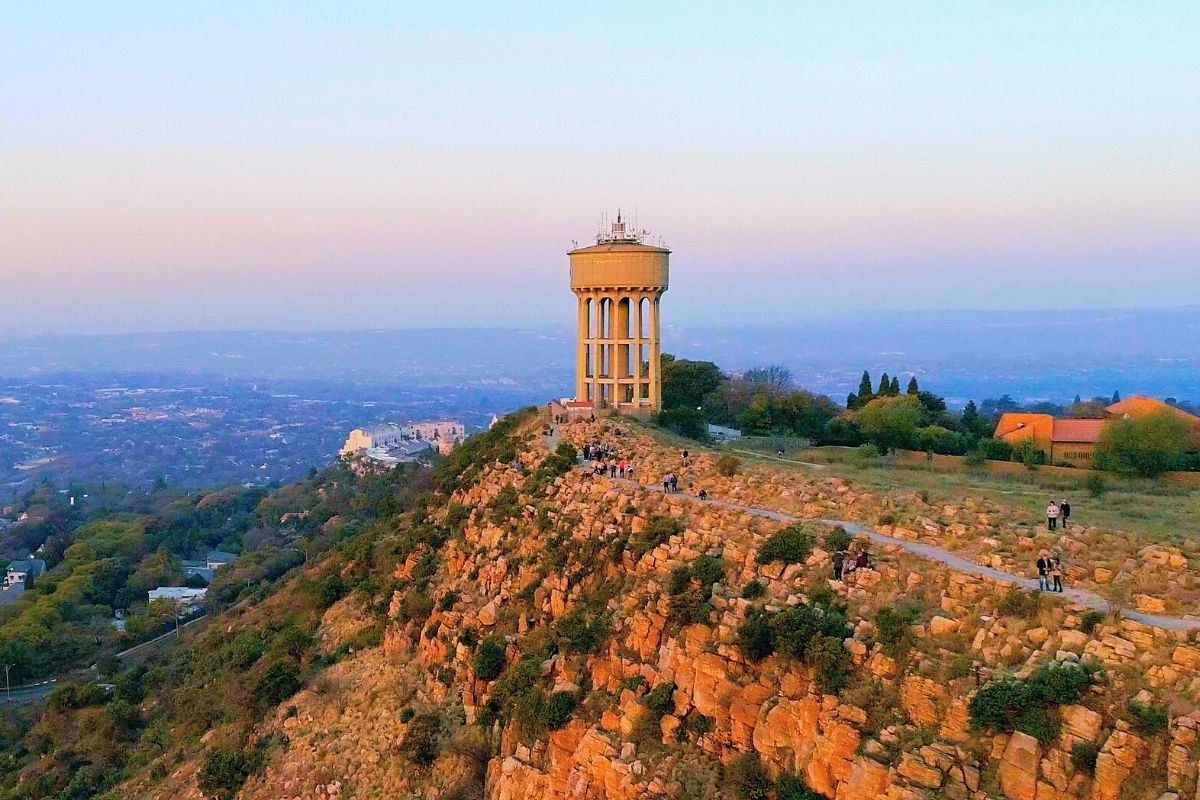The Best Guide To Johannesburg North Attractions
The Best Guide To Johannesburg North Attractions
Blog Article
Rumored Buzz on Johannesburg North Attractions
Table of ContentsJohannesburg North Attractions - Truths7 Simple Techniques For Johannesburg North AttractionsFacts About Johannesburg North Attractions RevealedIndicators on Johannesburg North Attractions You Need To KnowThe Basic Principles Of Johannesburg North Attractions The smart Trick of Johannesburg North Attractions That Nobody is Talking About
The city expanded on the edge of the Witwatersrand Key Reef, a subterranean stratum of gold-bearing quartz-silica corporation that arcs for hundreds of miles underneath the Highveld - Johannesburg North attractions. Most of the gold mines in the city discontinued operation in the 1970s, however in its day the Witwatersrand gold industry accounted for more than 40 percent of the globe's annual gold manufacturing.Johannesburg has a pleasant climate. Summertime temperature levels balance concerning 75 F (24 C); winter season temperature levels balance regarding 55 F (13 C) and only occasionally dip below cold. The city appreciates about 8 hours of sunshine per day in both winter and summer. Rain standards about 28 inches (700 millimetres) per annum, however the overall varies considerably from year to year.
What rainfall the city gets falls practically exclusively in the summertime months, usually in magnificent late-afternoon electric tornados., where many residents still count on coal for gas.

Little Known Questions About Johannesburg North Attractions.
The equilibrium of the city is occupied by whites. Accommodation differs in personality and high quality. Soweto is well-known for its endless rows of municipally developed, two-room matchbox homes, yet it additionally has a couple of thriving territories along with bristling squatter camps, where 10s of thousands live without water, electrical power, or hygiene centers.
Physical growth, although rather restricted by transportation, proceeded promptly as migration to South Africa, and Johannesburg particularly, increased substantially. This problem was fixed in the 1930s when the car was introduced in automation to South Africa. Automobiles were, essentially, constrained to the wealthy, and allowed them to relocate to the north of the city and commute right into the centre.
A lot of poor suburban areas were mixed, with inadequate blacks and whites living together, although the well-off residential areas were usually booked for whites.
The previous system of eleven numbered areas was reorganised in 2006. Marshalltown, as seen from the top of the Carlton Centre. The M1 and M2 run behind the buildings, and the southern residential areas prolong past the freeway boundary. The central city of Johannesburg is located within the city's Area F. The estimated population of the area is 200,000, Our site [] The number of people living in the inner city on a casual basis is unidentified, as many are prohibited immigrants. The majority of higher-income homeowners and white individuals have actually relocated to the north suburbs and have been changed by lower-income black people. The unemployment, education and learning, and age profiles of the area are all unknown, as a result of the difficulty of obtaining reliable information regarding the location.
The Best Strategy To Use For Johannesburg North Attractions
Yeoville and Bellevue have a my link mix of house buildings and solitary domestic devices on little lots. The region is located on a mountainous divide that ranges from eastern to west. One of the most noticeable geographic attribute is Observatory Ridge, which is called for the large observatory located on it. The entertainment rooms are no more utilized, as a result of safety problems.

Johannesburg Stadium, a training ground for both the Golden Lions and Orlando Pirates, is nearby. The eastern suburban areas of Johannesburg lie in the city's 7th [] and 9th [] regions. The area is also functionally integrated with East Rand boundary towns outside of the main boundary of Johannesburg, such as Bedfordview and Edenvale (both component of Ekurhuleni Metropolitan District).
Johannesburg North Attractions Things To Know Before You Get This
The eastern suburbs are some of the oldest areas of Johannesburg, there are big neighborhoods of Jewish and various other European histories, the majority of the populace is English talking. There are three golf training courses as well as a number of protected ridges with viewsites.
Originally built to house male migrant workers, several have been enhanced as residences for couples and family members. The residential area was not historically enabled to produce employment centres within the location, so nearly all of its locals are travelers to various other parts of the city.
The 20-Second Trick For Johannesburg North Attractions
The N1 Western Bypass links the northern residential areas with the Bonuses north-western suburbs. The suburbs in the northern suburbs are generally formal, without considerable locations of informal real estate, or housing that does not have a long-term structure. This is a well established location, there is a fad of land usage change from property to commercial, especially along primary arterial roadways and around well established nodes.
Roadways to the east and west are much less well developed, as there are no highways taking a trip in that direction. Towards the northern boundary of the city, the density of development reduces, leaving big areas of primitive land around Midrand.
About Johannesburg North Attractions
, which is located on a hillside neglecting the internal city and Hillbrow.
Report this page